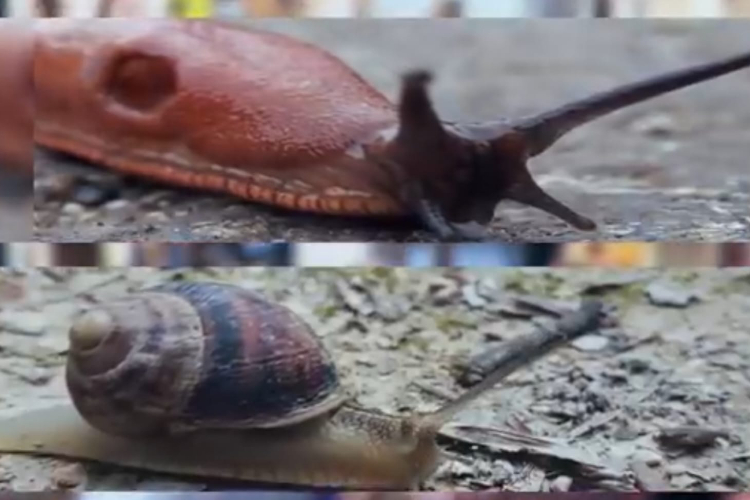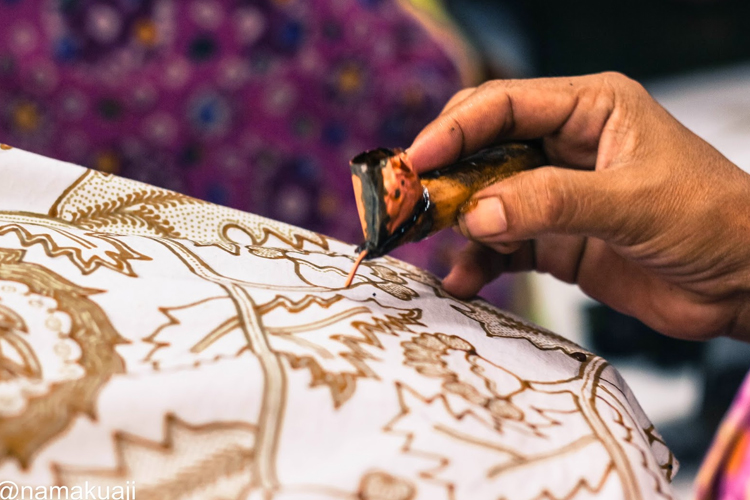TIMES HONGKONG, JAKARTA – Many people often mistakenly believe that common snails and snails without shells are the same animal. In fact, although they look similar, they come from different species with their own unique characteristics.
Shell-less snails, often known as leeches or "slugs", have some significant differences to their shelled counterparts, which make them distinct in terms of body structure and environmental adaptations.
Shellless Snails: Unique Unprotected Adaptations
As the name implies, shell-less snails do not have an external armor like the shell of a regular snail. Leeches, an example of a shell-less snail, adapt to a body covered in soft, slippery skin.
This skin is produced by mucosal cells that keep their bodies moist, while helping them move smoothly on wet surfaces. What makes shell-less snails more interesting is their ability to explore narrow and hidden places.
Shell-less snails can squeeze into small crevices, such as under tree bark, building cracks, and even narrow holes in urban environments. This adaptation allows them to find refuge from predators as well as harsh weather.
"Shellless snails have an amazing ability to slip into very narrow places, such as building cracks and tree bark. They might even appear in libraries! Who knows, they might be interested in reading a book," explains malacologist Paul Bartsch, who studies marine and land snails on YouTube Sisi Terang.
This ability shows how shell-less snails utilize the flexibility of their bodies to survive in a variety of environments.
Shelled Snails: The Shell as the Main Protector
In contrast shelled snails rely heavily on their shells. The shell is not only a refuge from predators, but also home to their vital organs, such as the heart and lungs. In snails, the shell grows with age, becoming harder and stronger to protect their soft bodies from external threats.
"Snail shells function like a home that they cannot leave. Snail pups are born with a shell that is still thin and fragile, but over time, this shell becomes harder," explains Bartsch. If the shell is severely damaged, the snail will most likely not survive.
However, if the damage is minor, they can repair the shell using proteins and calcium produced by their body coats.
The shell also protects the snail from extreme weather changes. When conditions are too hot or too dry, snails will pull their bodies into their shells to retain moisture. Their shells also serve as shelter during periods of dormancy, such as during summer or drought.
Similarities with Other Animals
Although snails and turtles are two very different species, there are some interesting similarities between them. Both have external protection attached to their bodies, which they cannot simply remove. The shell of a turtle, for example, functions much like the shell of a snail.
"The shell grows as they age, becoming an important part of the body that provides protection from external threats," adds Bartsch. Similar to snails, turtles also rely on their shells to protect their vital organs from harm.
Although often perceived as similar, shelled and unshelled snails have very different adaptations to survive in diverse environments. Shellless snails rely on their flexibility and ability to slip into narrow crevices for shelter, while shelled snails utilize their hard armor to protect their bodies.
Understanding the differences between the two not only adds to our knowledge of biodiversity, but also helps us appreciate how each living creature develops unique ways to survive in its environment.
Artikel ini sebelumnya sudah tayang di TIMES Indonesia dengan judul: Shelled and Unshelled Snails: These are the Distinctives
| Writer | : |
| Editor | : Khodijah Siti |
























